6.1.1 Wrap up
Course subject(s)
Module 6. Wrap-up

Wrap-up
You have come to the end of the MOOC on Responsible Innovation: Building Tomorrow’s Responsible Firms
We hope you have enjoyed the course and gained insights how to include RRI into the (CSR-) strategy of a company. For your benefit, we have compiled a small summary of the course. See if you can refresh your memory as you read along.
In Module 0, we introduced the notion of Responsible Research and Innovation.
RRI is all about developing innovations that are beneficial to society in ways that are both environmentally and economically sustainable. Placing widely shared values at the heart of innovation design is an effective strategy to this end. This can give a clear competitive edge to companies.
RRI is an answer to the demand arising from society in which safety, desirability, acceptability and quality should be the basis of the design and realisation of research and innovation products.
While CSR is aimed at company-wide business operations in an ethically sound approach to society, RRI is more specific by focusing on the early phases of technology or innovation development. The essence of the link between CSR and RRI should be aimed at creating shared value together with social actors.

In Module 1, we introduced the roadmap developed by the PRISMA-project as a new (standard) process to integrate RRI in the (CSR-)strategy of companies.
The PRISMA exemplary roadmap is structured on a set of acknowledged RRI principles:
- Integrate analysis of ethical, legal and social impacts since the early stages of product development: Reflection and anticipation
- Perform stakeholder engagement to inform all phases of product development: Inclusiveness
- Integrate monitoring, learning and adaptive mechanisms to address public and social values and normative principles in product development: Responsiveness
The roadmap consist of 6 steps as shown in the picture below:
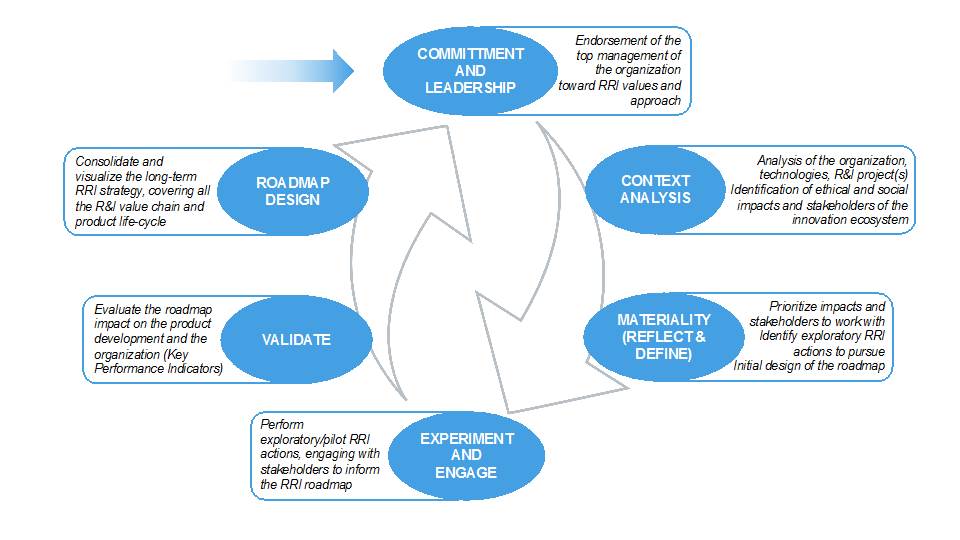
RRI requires ownership at a company level in a broad way. This is easier said than done! But a powerful tactic to kick off the discussions is to review the existing Key Performance Indicators (KPIs) of the company. How can they be linked to indicators for RRI?
We showed you a comprehensive checklist (with 92 potential indicators) concerning KPIs for innovation from both an organizational or business point of view and the RRI-perspective.
In Module 2, we showed you some key ISO-standards relevant for for RRI, i.e. ISO 26000 as shown in the picture below:
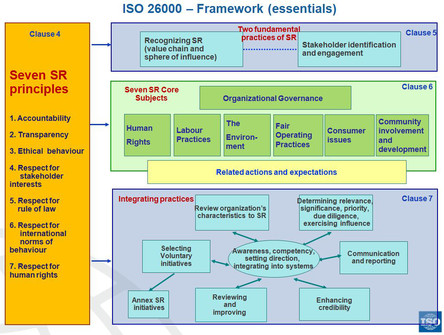
We also noted that Ethical leadership is key for RRI. Running a company ethically begins at the top: its leaders. Morally upstanding leaders who believe in and promote good business ethics – principles, standards, morals, values and virtues that guide behavior in the business world – can have a substantial impact on an organization, including their employees and what they achieve, as well as their stakeholders and investors.
We highlighted that that social responsibility may actually provide a competitive advantage for companies and that shareholders also value sustainability and societal impact.
In Module 3, we looked at stakeholder engagement.
This is a key element of RRI to identify and operationalize values. But stakeholder engagement is not an easy process. So you have to ask: what are my objectives? Do I have the right resources? What is the internal commitment? Are there also risks? What methods and tools can I use? The picture below shows a visualisation tool which is often used.
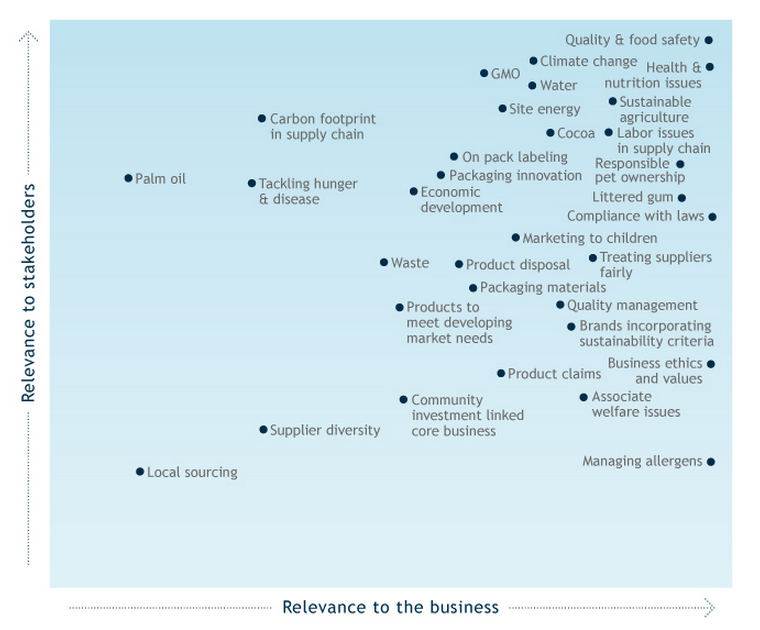
An RRI-approach has implications for the way to conduct stakeholder-engagement, i.e.
- Inclusivity of stakeholders and the importance of accurate representation.
- Trust
- Stakeholders should have a say in decisions about actions that could affect their lives or essential environmental conditions for life
- Information to stakeholders that triggers their direct responses regarding their expectations and interests
- Transparency and responsiveness: show what you do with the results of the process in terms of innovation and dealing with conflicting values.Other issues we discussed were:
- Consider Emotions to identify societal values
- Frugal innovations for the low-income groups which may require intensive stakeholder dialogues.
In Module 4, we looked at one of the most important value for any business, namely safety and security.
We cannot foresee all risk. This is best illustrated by the ‘Collingridge Dilemma’: when a technology is new, it is easier to change it to be safer but we may not always know all the risks; on the other hand, once the technology becomes embedded in society, the dangers might become apparent but it becomes very hard to change .
What we thus need is Safe-by-Design throughout the whole innovation process (‘stage gate process’). This is adequately represented in the picture below:
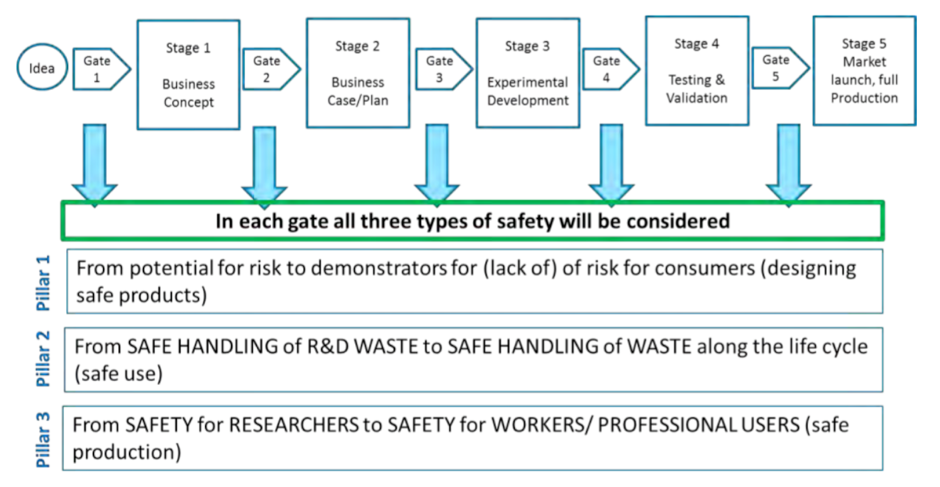
To ensure safety, we also need to develop a safety culture. This is a long term process and consist of the five steps: 1) Understanding, 2) Interaction, 3) Formalising, 4) Transmitting and 5) Reinforcing.
In Module 5, we introduced the Design for Values (DfV) approach as a framework for operationalising the values we want to focus on in our strategy and our innovations . DfV can be formally represented in a Values Hierarchy matrix, and can be approached both top-down or bottom-up. This visual and explicit representation allows stakeholders to debate and negotiate these values in a constructive manner. See this picture:
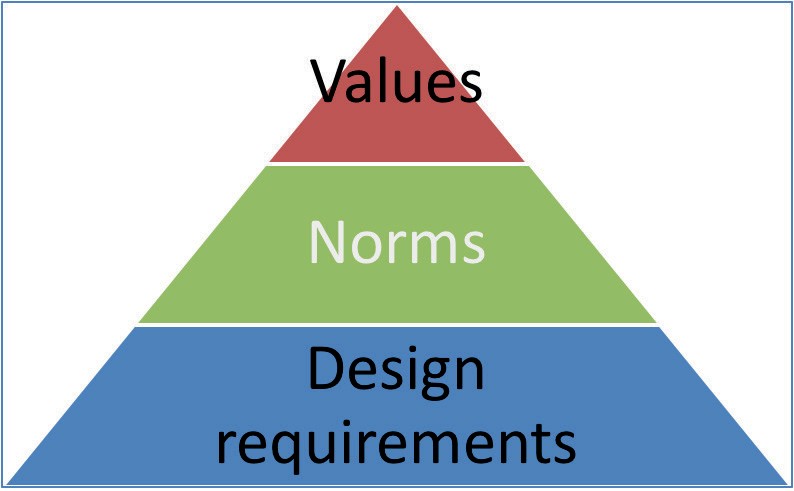
In practice, we will often have to deal with value conflicts. We showed two ways to deal with this:
- First, we can design innovations – both technical and institutional – for the purpose of solving or avoiding value conflicts. Creativity!
- Second, we can strike a balance between opposing values by establishing minimal thresholds that must be satisfied and then optimizing the design for the best balance.
Last but not least, we highlighted the results of 8 pilots with industry and the toolkit for RRI.
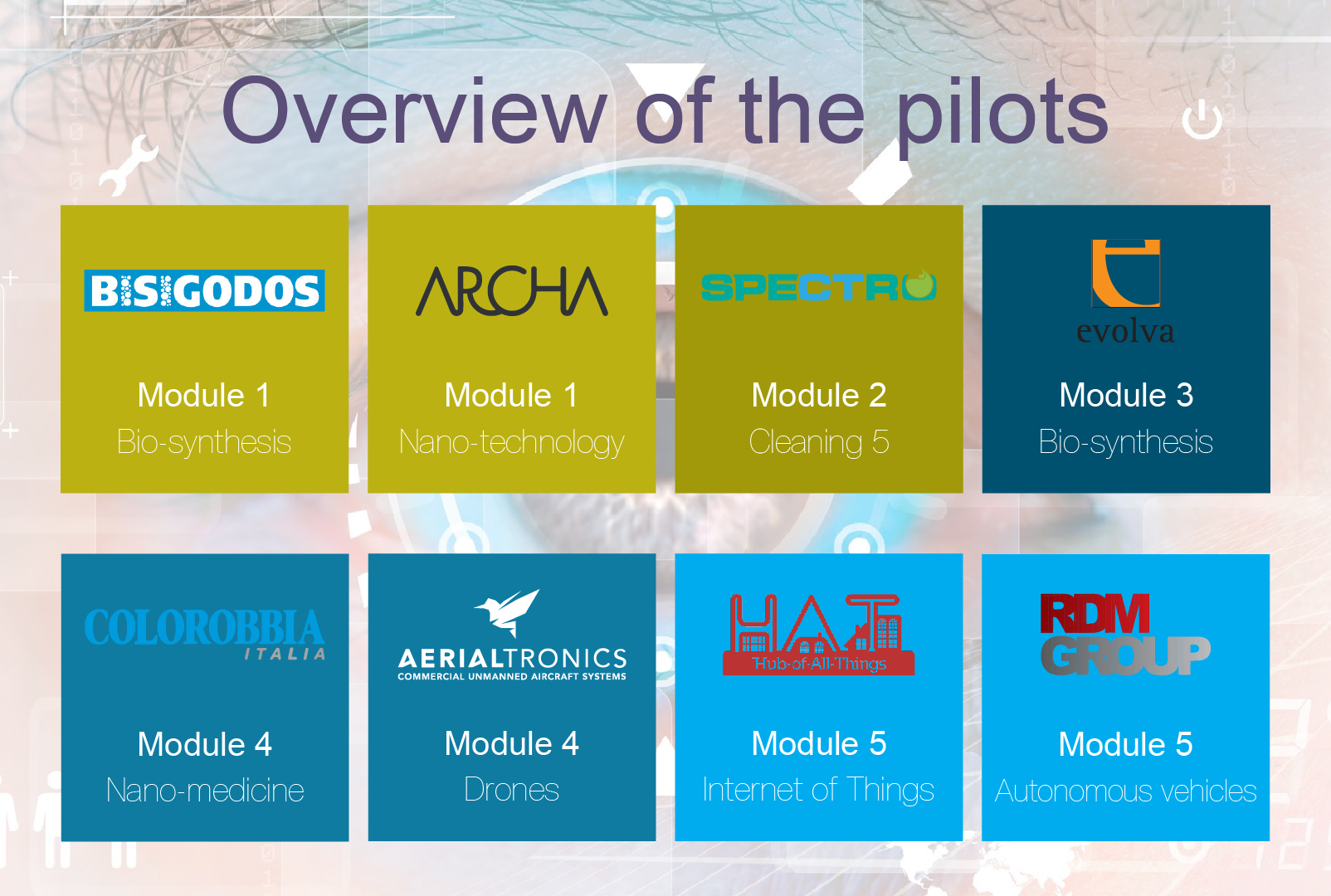
Thanks for joining us, and contributing to each other’s learning. We hope you have enjoyed the content and the discussions. Hope to see you again in future MOOCs!

Responsible Innovation: Building Tomorrow’s Responsible Firms by TU Delft OpenCourseWare is licensed under a Creative Commons Attribution-NonCommercial-ShareAlike 4.0 International License.
Based on a work at https://online-learning.tudelft.nl/courses/responsible-innovation-building-tomorrows-responsible-firms/.



